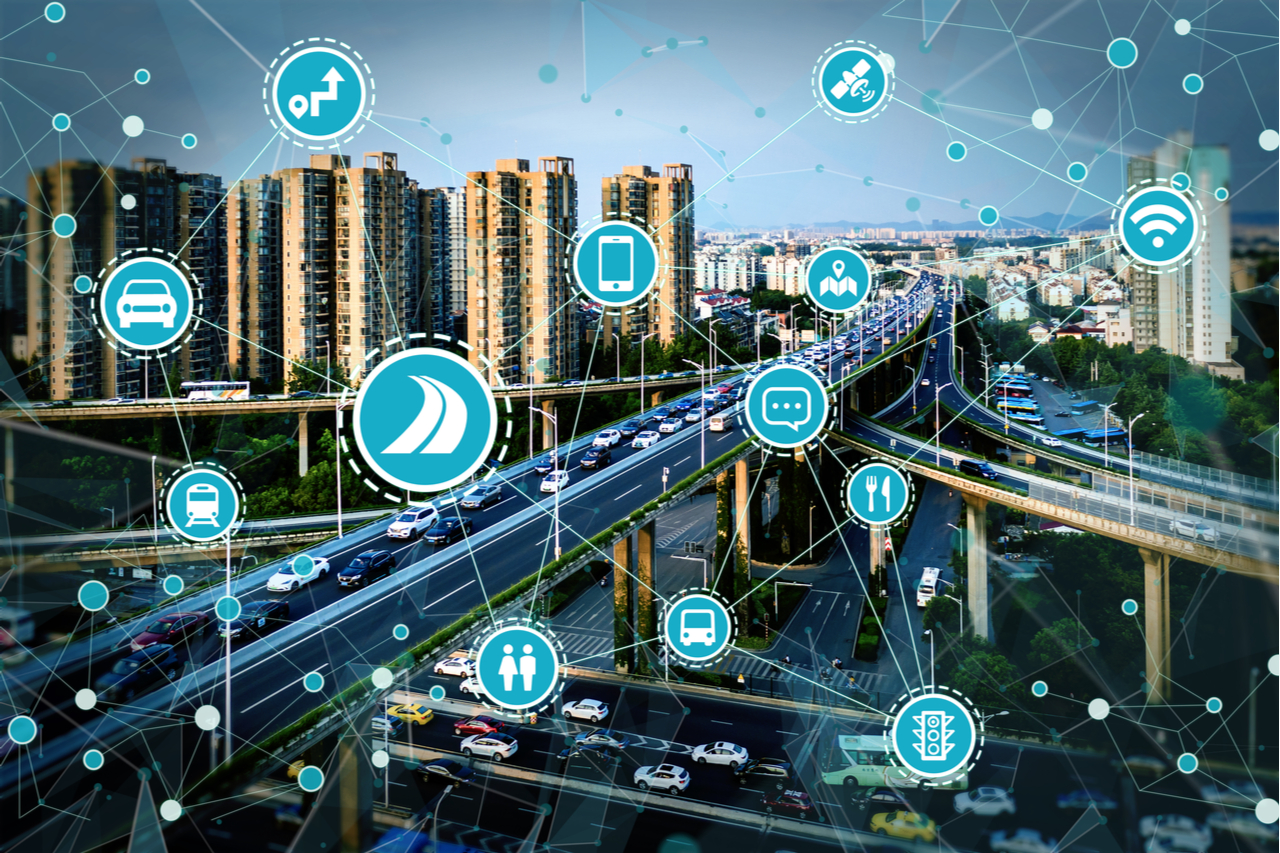We are privileged to live in a time of exponential technology progression, the likes of which we have never seen before. However, it can be argued that a significant proportion of this advancement is done purely because we have the capability to.
Developing technology solutions designed to tangibly improve people’s lives – such as the revolution heralded by the introduction of the iPhone – is where technological advancements get fascinating.
There are very few things that impact our society to the extent transportation does. From our ability to get to work, school, healthcare, and important meetings, to the delivery of the goods we need to survive and thrive, every aspect of our lives hinges on reliable transportation networks and supply chains.
Despite this, our traffic systems are woefully outdated, with some areas of our infrastructure dating back more than 70 years.
Just imagine the impact of effective innovation in this area on our daily lives, from drastically cutting down the time we spend stuck in traffic, to improving the very quality of the very air we breathe through fewer emissions.
Preparing for the Future
USDOT Transportation Secretary Pete Buttigieg recognized the importance and potential of effective technology deployment when addressing attendees at the Transportation Research Board’s 2022 Annual Meeting, stating: “We shouldn’t be acquiring or deploying technology for its own sake, but always using innovation as a powerful tool to advance… safety, equity, climate, economic strength, and preparing our country for the future.”
But even with extensive research, how can we – and more specifically states and municipalities – be sure of exactly which transportation technologies will truly make a difference?
The answer is simple in theory – through testing and learning, something you can see in the education sector is right now as they attempt to solve the future gap by focusing more on the systems and problem-solving skills that will be required to navigate a more tech-forward world.
Secretary Buttigieg clearly recognizes this, and under the USDOT Innovation Principles he included one particularly interesting principle that states, “Allow for experimentation and learn from failure.”
However, in practice, this is where the desire for innovation so often hits a roadblock, due to fear of failure. In government, there’s constant rhetoric about embracing technology, but the reality is that when it comes to adoption and implementation, decision-makers are typically very conservative.
Budget Testing Transportation Solutions
Consider approving a hypothetical $10 million budget for a project that fails. Even if it was a good idea, it can result in significant political, media, and public consequences.
Innovations that do get deployed can often take a long time, which is not good enough with the challenges of our current environment and the immediate ramifications. We simply cannot take years to research a technology solution.
So how can this mindset be shifted? Well, a hugely significant step has already been put in place by committing to innovation in writing, not just words. Secretary Buttigieg’s six guiding principles for innovation in transportation, which include ‘allowing for experimentation and learning from failure’, could be a game-changer.
This direction has never been written as a policy priority before and I believe it will motivate decision-makers to engage with innovation and see what happens, rather than saying no because it has not been seen before.
Emerging Technologies
An example of this mindset in action is the recent allocation of $13.2 million in funding for 48 transit projects across the state of Kansas.
The funding targets things like developing bus maintenance facilities and upgrading transit accessibility, but crucially it also prioritizes investing in emerging technologies that will accelerate the transition to a cleaner, more efficient transportation system, as well as forming collaborations with public and private transportation providers to help make this happen.
At NoTraffic we believe that digitizing and investing in our infrastructure is essential to truly improve people’s lives, which is why we are so committed to our mission of empowering cities to innovate.
With the direction from the very top of the government seemingly mirroring this sentiment, we are on the verge of extraordinary evolution that will bring transformative change in how people and goods move around the country.
The only thing that can hold us back is fear of failure – but there can be no more excuses for the public and private sectors not to push past this and commit to building a better tomorrow for everyone.
See Also – Grim Statistics Reveal the U.S. Traffic-Fatality Concern


